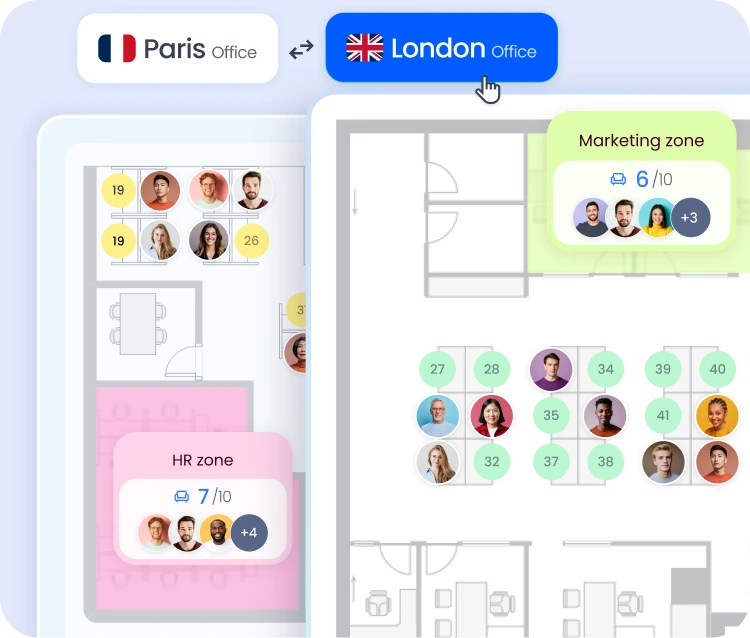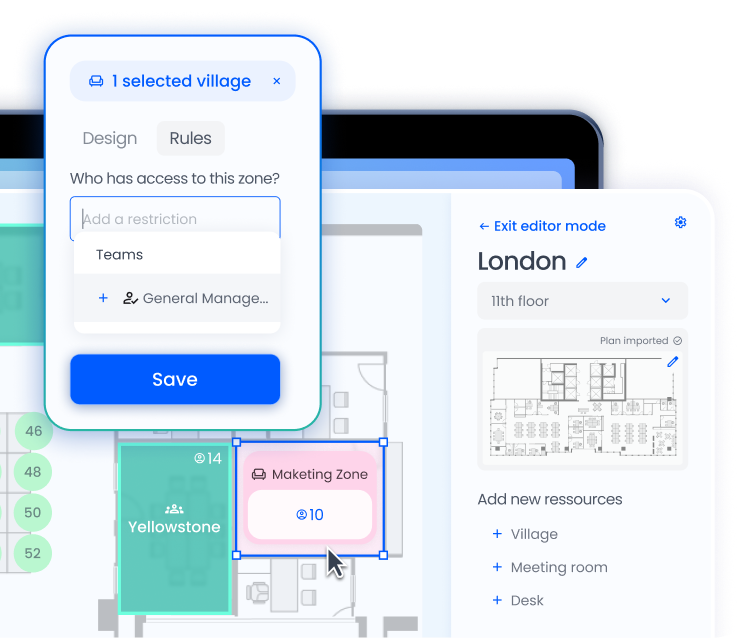A solution designed with users in mind
✔️ Intuitive, fun interface
✔️ Synchronization with your HRIS (no double entry)
✔️ Integration with your internal communication tool (interface accessible from Microsoft Teams, Slack...)
On average, Deskare customers have an adoption rate of over 95%!





.webp)


.webp)





















